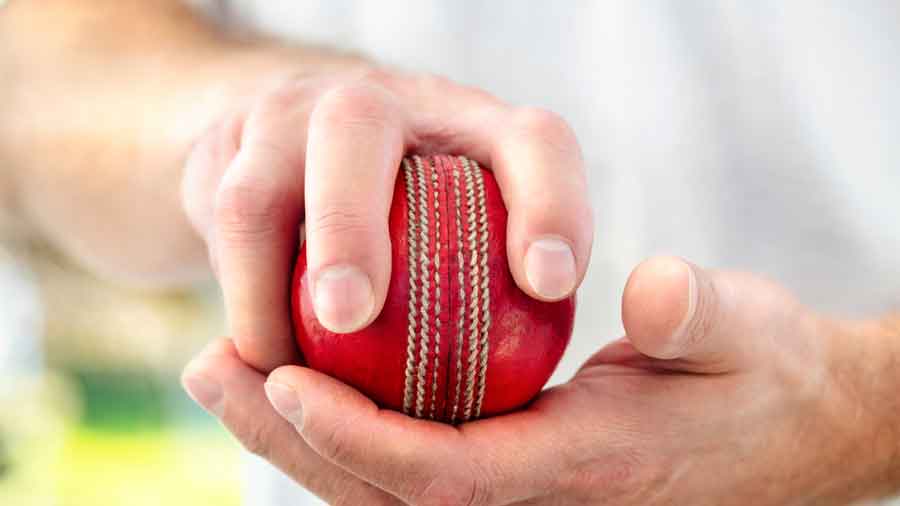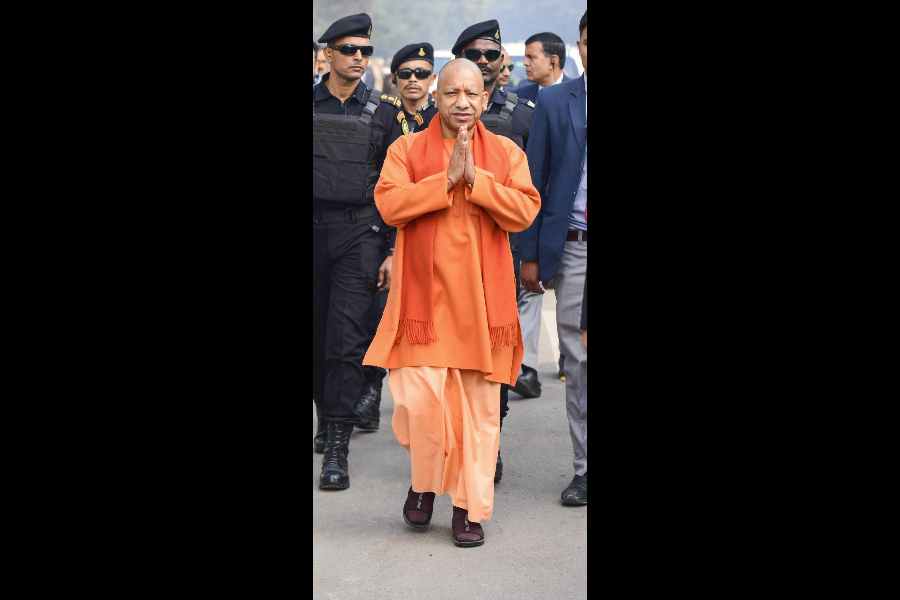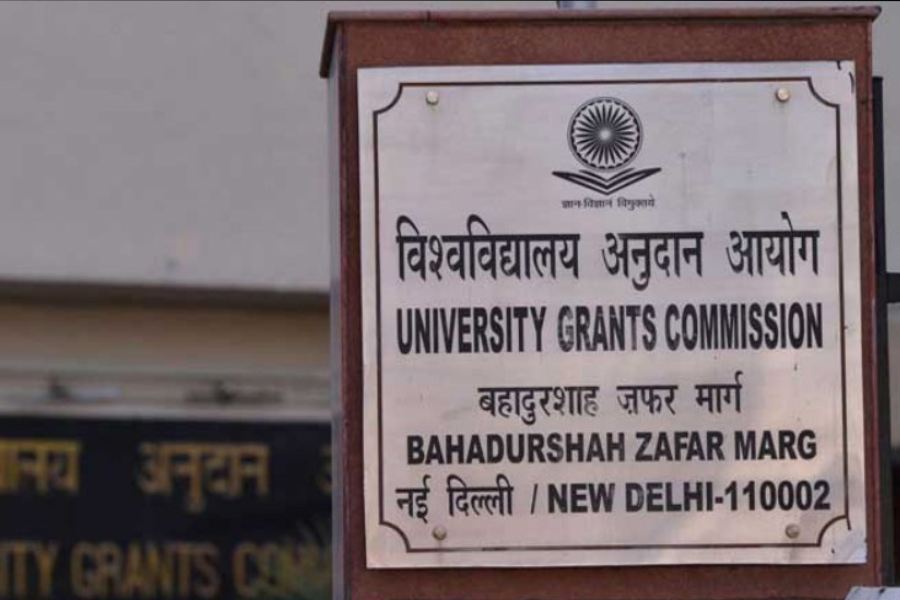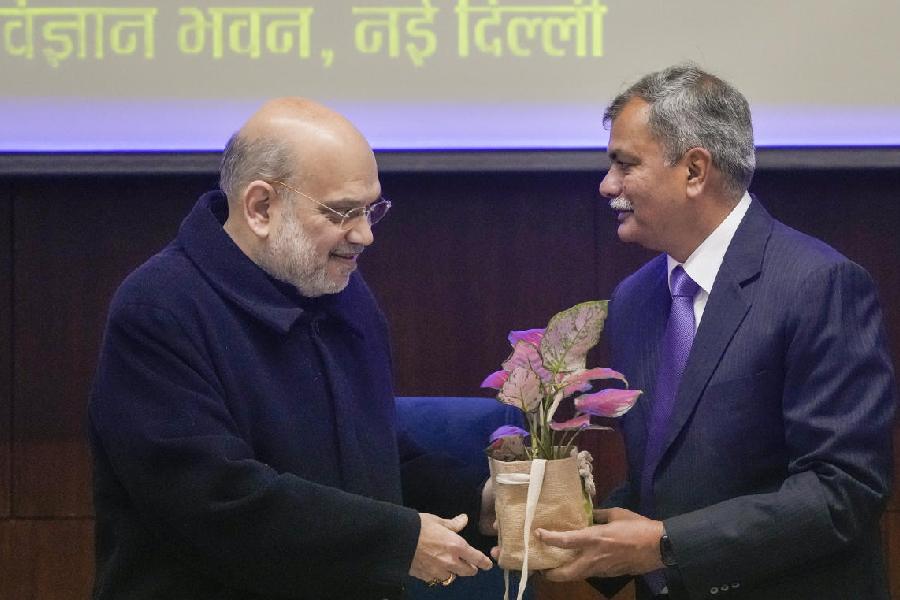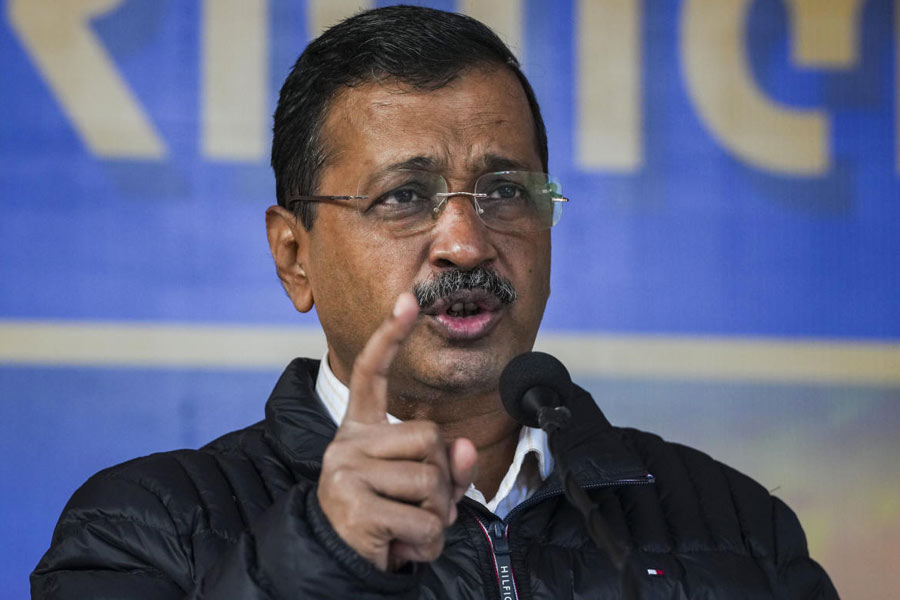Indian cricket, of late, has acquired a distinct Caribbean flavour. Batsmen around the world — Englishmen were the latest example at Lord’s — are all at sea against the Indian pace battery, jumping around to fend off darters or, leaving the pitch, their despondent heads shaking after being dismissed by one of India’s talented pacers. India’s famous quartet no longer spins a web; they bowl with fire, turning matches in the team’s favour. Indeed, India’s triumphs away from home — back-to-back series wins in Australia and also in the West Indies and Sri Lanka — have been, in recent years, gifted by its pace battery. The investments made in fast-bowling by the Board of Control for Cricket in India — a state-of-the-art pace academy, livelier pitches in domestic competitions and, perhaps the most influential, the emergence of the Indian Premier League as a steady supply of talent to the national team — seem to be bearing fruit, at last.
Yet, there is fear that the sunrise in Indian pace-bowling is causing the sunset in spin. If this speculation turns out to be true, it would be particularly tragic. This is because Indian spinners have made glorious contributions to Indian and, indeed, international cricket. From Anil Kumble and Harbhajan Singh in recent times, to the fearsome foursome of Erapalli Prasanna-Srinivas Venkataraghavan-Bhagwat Chandrasekhar-Bishan Singh Bedi in the 1960s-70s, to, even earlier, V. Mankad and C.S. Nayudu, among many others, the list of the magicians of spin is long. Yet, the magic — an art really — is no longer casting a spell. A number of factors have been cited to explain this crisis. In its bid to conquer overseas territory, India and its cricketing wise men have ended up lending disproportionate support to the fast-bowling department, ranging from roping in global experts to turning pitches friendlier for the quickies. Unfortunately, India is yet to make full use of its rich spinning legacy to guide faltering youngsters. The most formidable challenge, however, is the changing nature of cricket. With the rise in the popularity of shorter formats — T20 and T10 cricket — captains are increasingly deploying spinners to contain, rather than attack, batsmen. This shift — from attack to defence — and the changes in rules to make cricket attractive have also robbed spinners of the opportunity to ply some of the finest tricks of their trade: the teasing loop, subtle changes in length, even classical leg-spin are now on the endangered list.
There can also be a cultural explanation for the existential crisis in spin-bowling. Society’s relationship with time — the slowness of time — has undergone a profound transformation with the advent of modernity and the technological revolution. The primacy accorded to everything that is quick, instantaneous — even aggressive — has meant that the pleasure of all that is leisurely, including spin, has turned out to be rather fleeting. The revival of spin, therefore, will be predicated upon a reassessment of not just cricket but also contemporary life itself.

